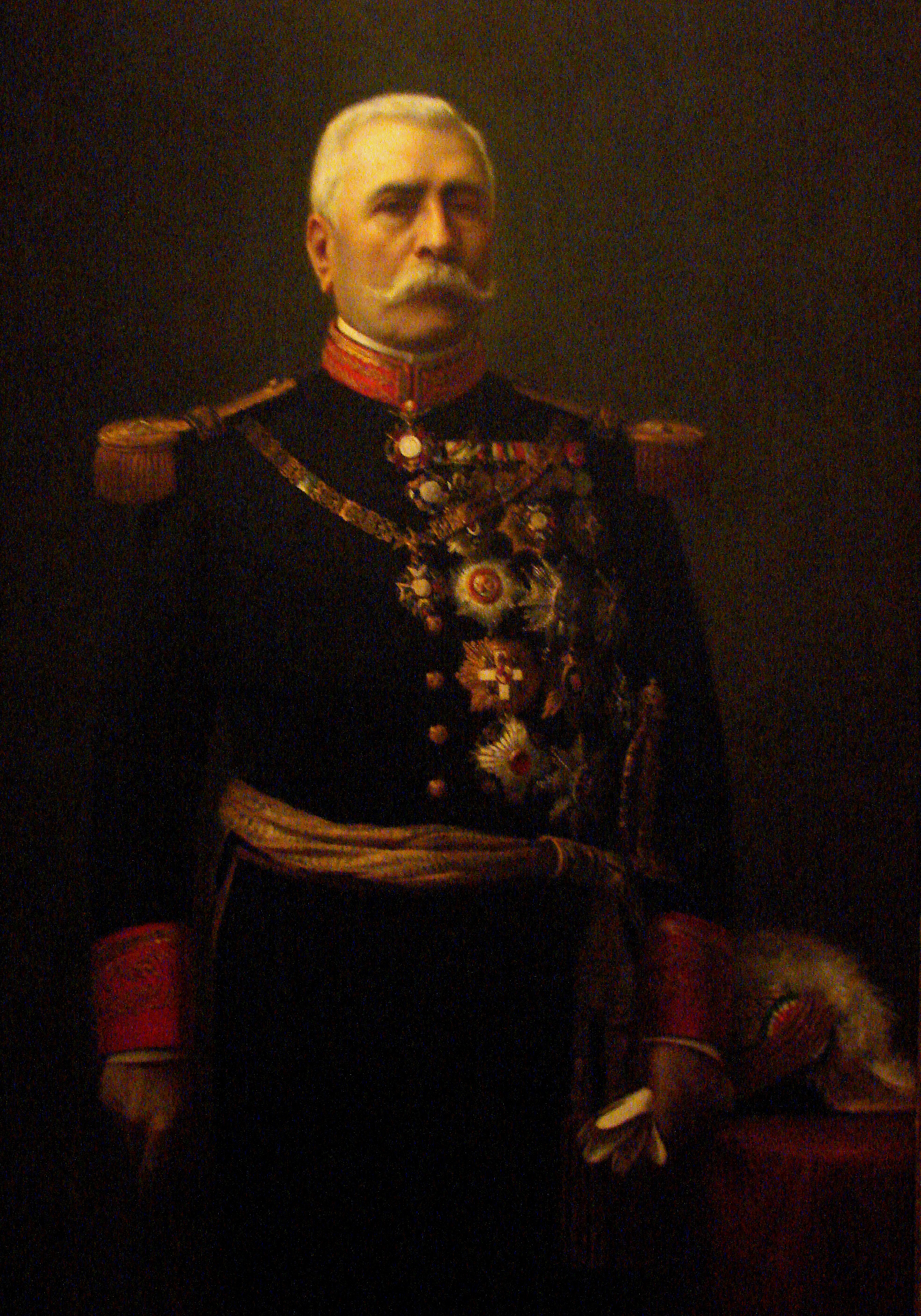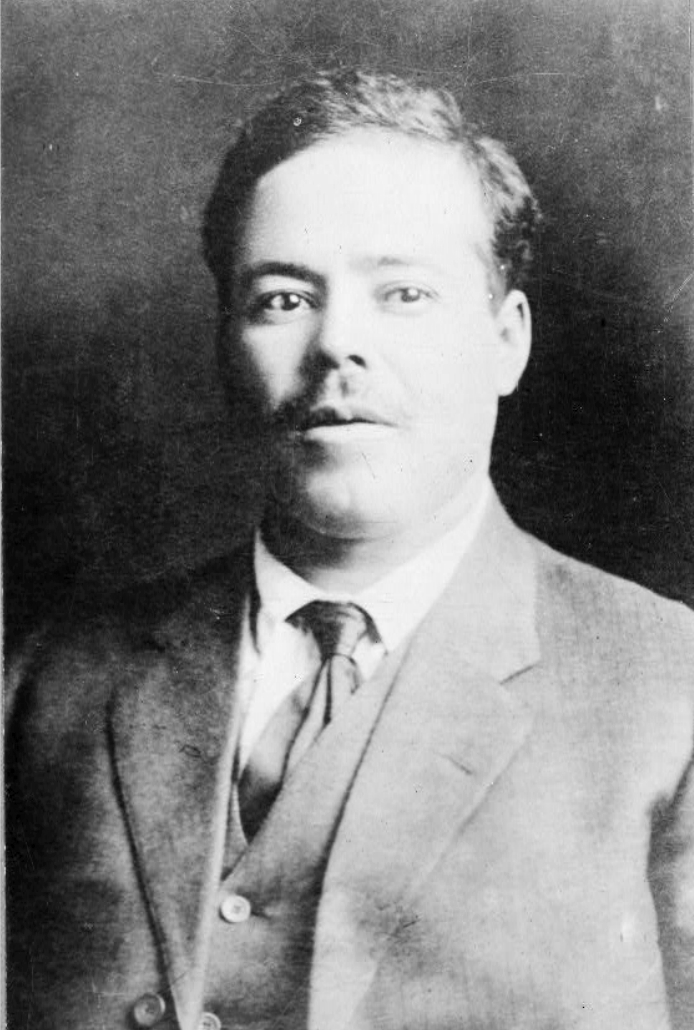|
Casa De Pancho Villa
The Casa de Pancho Villa is a historic house museum and the birthplace of Mexican Revolution leader Pancho Villa. It is located in the hamlet of La Coyotada, near the municipal seat of San Juan del Río, Durango Durango (), officially named Estado Libre y Soberano de Durango ( en, Free and Sovereign State of Durango; Tepehuán: ''Korian''; Nahuatl: ''Tepēhuahcān''), is one of the 31 states which make up the 32 Federal Entities of Mexico, situated in .... Located near the banks of the Río San Juan, the house is a notable example of popular architecture of the Porfiriato era. The house was strategically built to coexist with the local climate, as well as to have proper illumination and ventilation, as it is assumed with its L-shaped form. Historic house museums in Mexico Museums in Durango {{Mexico-museum-stub ... [...More Info...] [...Related Items...] OR: [Wikipedia] [Google] [Baidu] |
Historic House Museum
A historic house museum is a house of historic significance that has been transformed into a museum. Historic furnishings may be displayed in a way that reflects their original placement and usage in a home. Historic house museums are held to a variety of standards, including those of the International Council of Museums. Houses are transformed into museums for a number of different reasons. For example, the homes of famous writers are frequently turned into writer's home museums to support literary tourism. About Historic house museums are sometimes known as a "memory museum", which is a term used to suggest that the museum contains a collection of the traces of memory of the people who once lived there. It is often made up of the inhabitants' belongings and objects – this approach is mostly concerned with authenticity. Some museums are organised around the person who lived there or the social role the house had. Other historic house museums may be partially or completely ... [...More Info...] [...Related Items...] OR: [Wikipedia] [Google] [Baidu] |
Mexican Revolution
The Mexican Revolution ( es, Revolución Mexicana) was an extended sequence of armed regional conflicts in Mexico from approximately 1910 to 1920. It has been called "the defining event of modern Mexican history". It resulted in the destruction of the Federal Army and its replacement by a revolutionary army, and the transformation of Mexican culture and government. The northern Constitutionalist faction prevailed on the battlefield and drafted the present-day Constitution of Mexico, which aimed to create a strong central government. Revolutionary generals held power from 1920 to 1940. The revolutionary conflict was primarily a civil war, but foreign powers, having important economic and strategic interests in Mexico, figured in the outcome of Mexico's power struggles. The United States played an especially significant role. Although the decades-long regime of President Porfirio Díaz (1876–1911) was increasingly unpopular, there was no foreboding in 1910 that a revoluti ... [...More Info...] [...Related Items...] OR: [Wikipedia] [Google] [Baidu] |
Pancho Villa
Francisco "Pancho" Villa (, Orozco rebelled in March 1912, both for Madero's continuing failure to enact land reform and because he felt insufficiently rewarded for his role in bringing the new president to power. At the request of Madero's chief political ally in the state, Chihuahua Governor Abraham González, Villa returned to military service under Madero to fight the rebellion led by his former comrade Orozco. Although Orozco appealed with him to join his rebellion, Villa again gave Madero key military victories. With 400 cavalrymen, he captured Parral from the Orozquistas and then joined forces in the strategic city of Torreón with the Federal Army under the command of General Victoriano Huerta.Krauze, ''Mexico: Biography of Power'', p. 309. Huerta initially welcomed the successful Villa, and sought to bring him under his control by naming Villa an honorary brigadier general in the Federal Army, but Villa was not flattered or controlled easily. Huerta then sought to di ... [...More Info...] [...Related Items...] OR: [Wikipedia] [Google] [Baidu] |
San Juan Del Río, Durango
San Juan del Río, Durango is a town and seat of the municipality of San Juan del Río, in the state of Durango, north-western Mexico. As of 2010, the town had a population of 2,912. San Juan del Río was the birthplace of journalist and poet Juana Belén Gutiérrez de Mendoza Juana Belén Gutiérrez de Mendoza (27 January 187513 July 1942) was a Mexican anarchist and feminist activist, typographer, journalist and poet. Biography She was born to a poor family in the town of San Juan del Río, Durango, on 27 January 18 ..., an anarchist feminist activist and critic of the Díaz regime during the Mexican Revolution. Web Site Website References Populated places in Durango {{Durango-geo-stub ...[...More Info...] [...Related Items...] OR: [Wikipedia] [Google] [Baidu] |
Durango
Durango (), officially named Estado Libre y Soberano de Durango ( en, Free and Sovereign State of Durango; Tepehuán: ''Korian''; Nahuatl: ''Tepēhuahcān''), is one of the 31 states which make up the 32 Federal Entities of Mexico, situated in the northwest of the country. With a population of 1,832,650, the 8th lowest of Mexico's states, Durango has Mexico's second-lowest population density, after Baja California Sur. The capital city, Victoria de Durango, is named after the first President of Mexico, Guadalupe Victoria. Geography General information With , Durango accounts for about 6.3% of the entire territory of Mexico. It is the fourth largest state lying at the extreme northwest of the Central Mexican Plateau, where it meets the Sierra Madre Occidental—the highest peaks in the state. The state has an average elevation of 1,775 meters above sea level, with a mean elevation of 1,750 m in the Valleys region and 2,450 m in the Sierra region. The city of Durango is o ... [...More Info...] [...Related Items...] OR: [Wikipedia] [Google] [Baidu] |
Historic House Museums In Mexico
History (derived ) is the systematic study and the documentation of the human activity. The time period of event before the invention of writing systems is considered prehistory. "History" is an umbrella term comprising past events as well as the memory, discovery, collection, organization, presentation, and interpretation of these events. Historians seek knowledge of the past using historical sources such as written documents, oral accounts, art and material artifacts, and ecological markers. History is not complete and still has debatable mysteries. History is also an academic discipline which uses narrative to describe, examine, question, and analyze past events, and investigate their patterns of cause and effect. Historians often debate which narrative best explains an event, as well as the significance of different causes and effects. Historians also debate the nature of history as an end in itself, as well as its usefulness to give perspective on the problems of the p ... [...More Info...] [...Related Items...] OR: [Wikipedia] [Google] [Baidu] |



.jpg)